Measuring Customer Engagement to Drive Value
Published on August 05, 2021/Last edited on August 05, 2021/5 min read
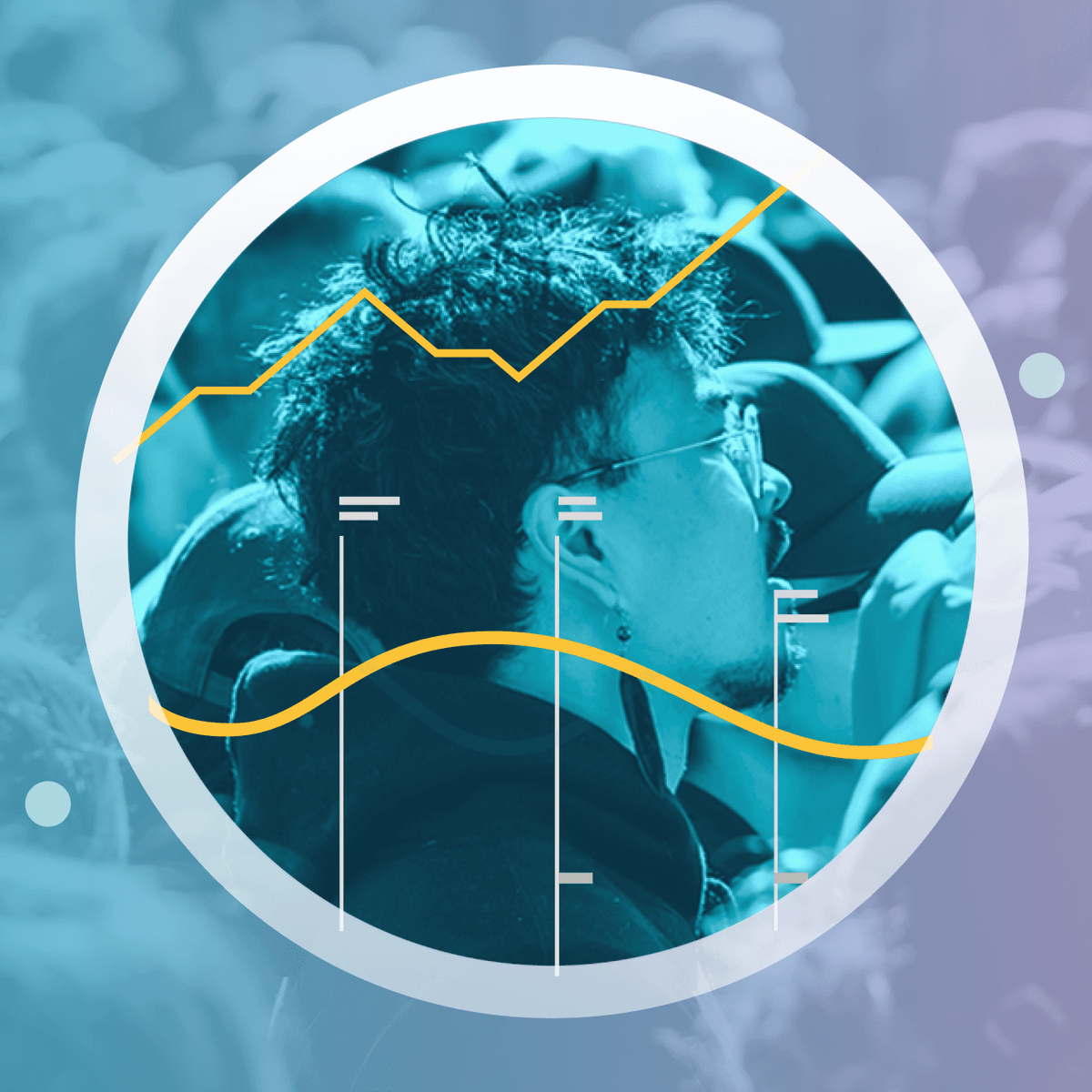

Mary Kearl
WriterThere's a lot that goes into measuring customer engagement. The first step that beginning marketers must get a handle on is measuring marketing performance at the campaign level. More advanced marketers learn to track key customer engagement metrics like customer lifetime value (CLV) and retention, and eventually evolve to measuring engagement by segment. Advanced marketers have a deep understanding of both macro and micro key performance indicators (KPIs) and are able to move seamlessly between analyzing campaign and company performance levels and drilling into customer-level insights, as both are crucial to ensuring the health of any business. And it's this last step that’s essential if you want to drive customer value.
Here are the steps you can take to crawl, walk, and run your way to measuring customer engagement in a way that boosts customer outcomes.
Crawl: Gather the Customer Engagement Metrics You Need
Here's what you need to measure (and why) as you set out to drive value for your customers.
1. The full picture of channel-by-channel user engagement for all of your key marketing channels: These include messaging metrics like opens, clicks, and conversions.
- Email marketing campaigns
- Push notifications
- In-browser messages
- In-app messages
- Content Cards
- SMS campaigns
- ...and more
What you need to know: You should have a rich understanding of all the different ways your customers are interacting with your brand across channels, so you can make smart decisions based on how things are going. You might discover, for instance, that one channel is more effective for promotional messaging, while another may be a better fit for transactional messaging.
2. Cohort retention: You should understand how your brand's daily, weekly, and monthly retention is trending over time, at the segment level and across key customer lifecycle marketing stages.
3. Customer health (value) measures: These include:
- Ratio between Customer Acquisition Cost (CAC) and Customer Lifetime Value (CLV), over time by segment and by cohort, so that you can determine how your CAC and average revenue per user (ARPU) metrics vary by behavioral groups and time-based cohorts.
- CAC Payback Period, over time by segment and by cohort, so that you can see how long it takes for CLV to exceed the cost to acquire any individual user, segment, or cohort. This will shed light on the profitability of segments, not just your company's profitability overall, and will help you uncover whether customer profitability increases with time.
4. Other key customer engagement metrics to track include:
- The percentage of customers who are moving between different stages of the customer journey (i.e. the number of people who drop off between becoming an email subscriber before successfully completing a first purchase, etc.)
- Customer "stickiness" (for instance, comparing weekly active users vs. monthly active users)
- Upsell rate/purchase add-on rate
- CLV by channel (web-only CLV, mobile-only CLV, mobile-and-web CLV, etc.)
You should be able to gather these KPIs from systems like your email service provider (ESP), customer engagement platform, web analytics platform, behavioral analytics tool, customer data platform (CDP), location data platform, and more.
Walk: Invest in Data Agility
Data silos and serious data latency issues not only prevent marketing tech stacks from sharing key insights and information in real time, these also prevent brands from properly testing and optimizing their efforts—and acting on what data they have available.
For measurement to become actionable and enable iteration takes data collection management and systems powered by streaming data.
Run: Optimize for High-Value Actions
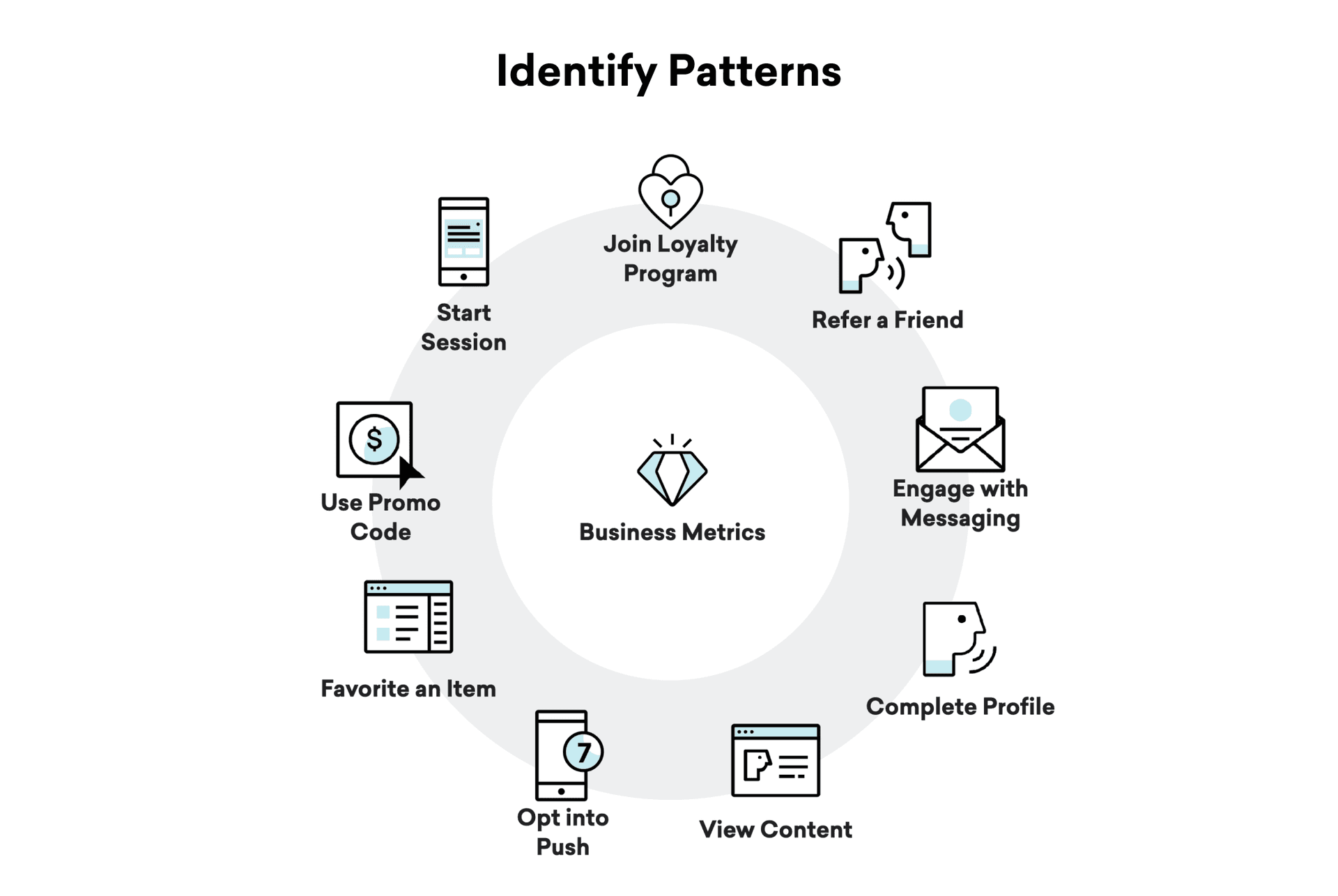
High-value actions (HVAs) are user actions that are closely tied to your brand's value propositions. To drive key business outcomes, you should be able to map what the HVAs are for your brand—the critical downstream conversions that really move the needle in important areas, like customer loyalty and revenue.
If you haven't already, now is the time to identify the key actions that lead to loyalty, profit, customer acquisition, lifetime value, and other key outcomes.
These might be things like:
- Completing a profile
- Joining a loyalty program
- Creating a wish list
- Upgrading from free trial to paid
Next it's time to test your hypotheses. When users take these actions, are they more likely to have a higher level of engagement, become paying customers, or increase their loyalty?
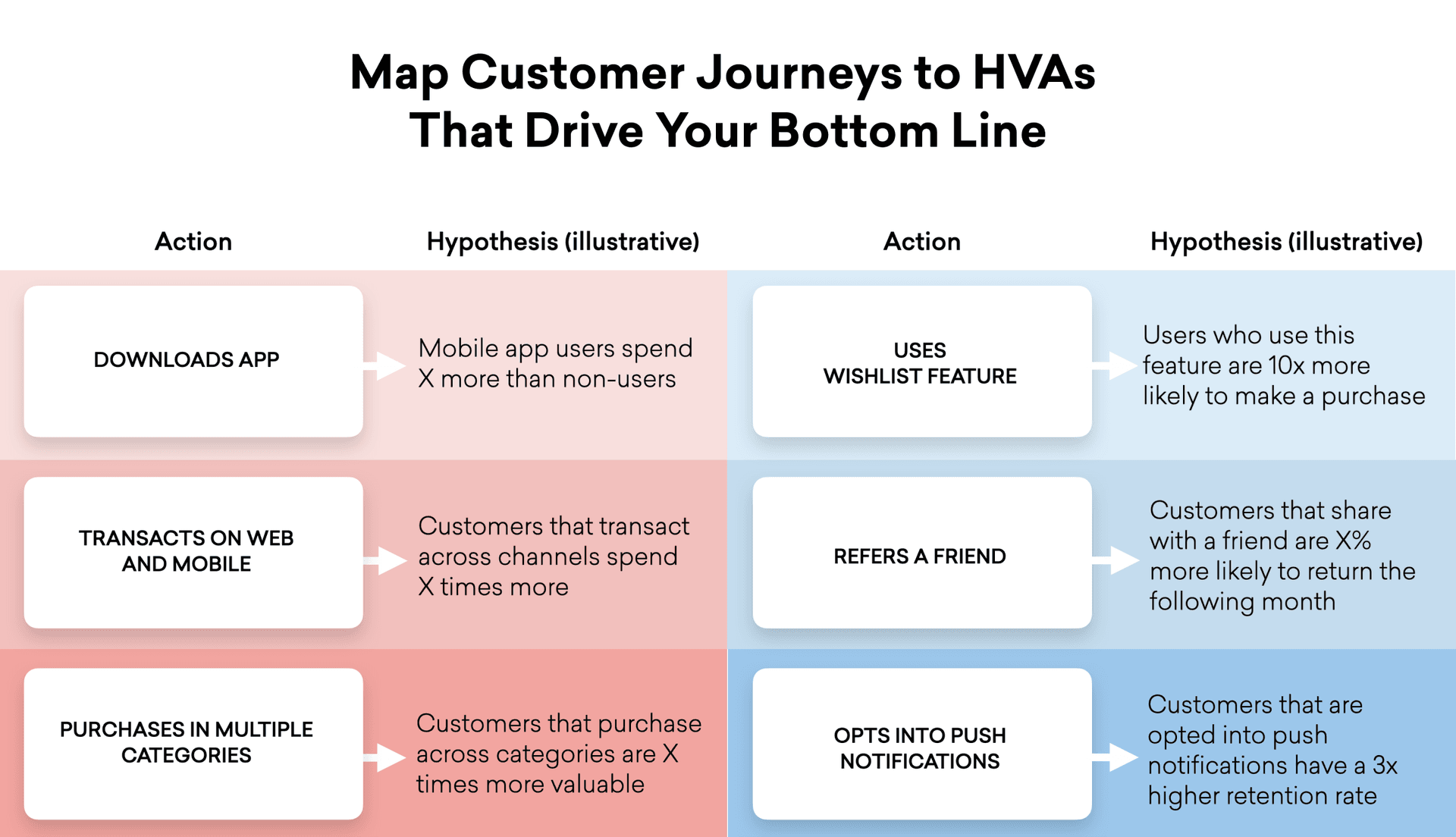
Ultimately, the goal is to figure out which HVAs are the most effective at delivering the results you'd like to see.
Deliver Customer-Driven Engagement
Customer engagement is only ever as effective as the measurement engine operating behind the scenes. If a brand's analytics are incomplete, inconsistent, or dated, marketers can't be sure their campaigns will have the desired impact. But with the right approach to measurement, on the other hand, brands can get a clear picture of both their customer and business health. And gaining a better understanding of both is key to delivering customer-driven engagement.
Get our Beyond “Vanity Metrics”: Key Measurements for Customer Engagement guide to learn how to get a complete picture of your performance, what's driving it, and how to further optimize for engagement.
Related Tags
Be Absolutely Engaging.™
Sign up for regular updates from Braze.
Related Content
View the Blog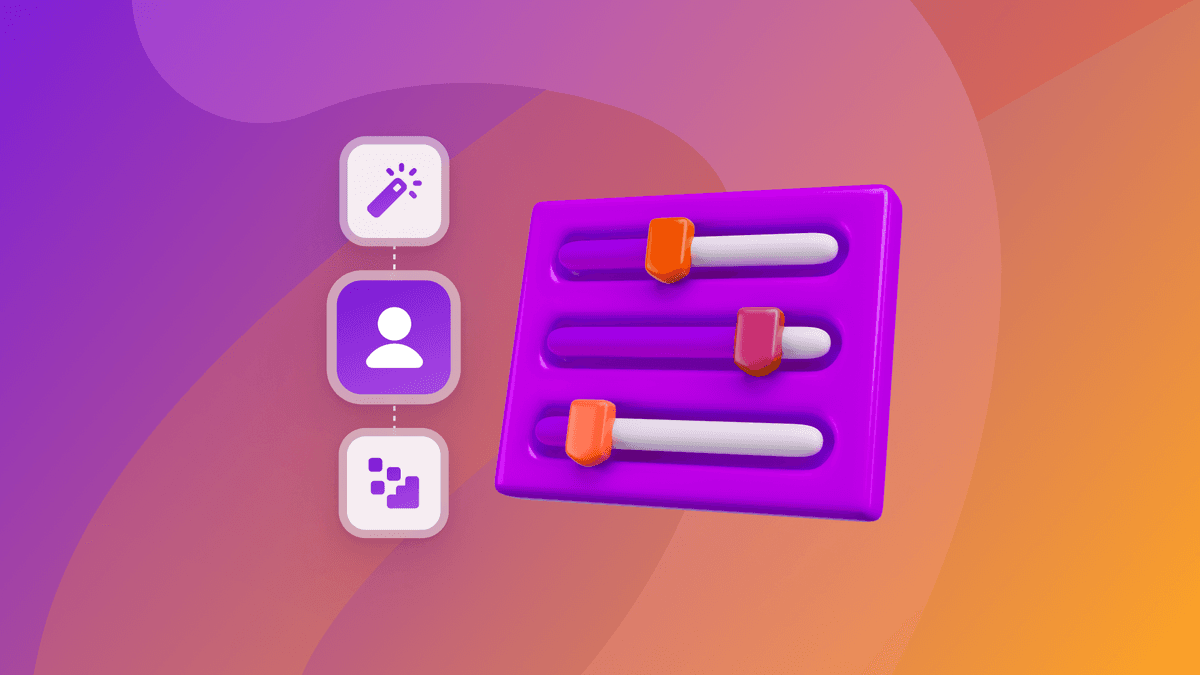
How behavioral marketing turns data into personalized experiences
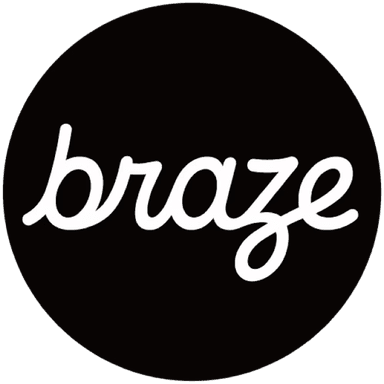
Team Braze

Are you AI-savvy enough to survive? A wake-up call for CMOs

Team Braze
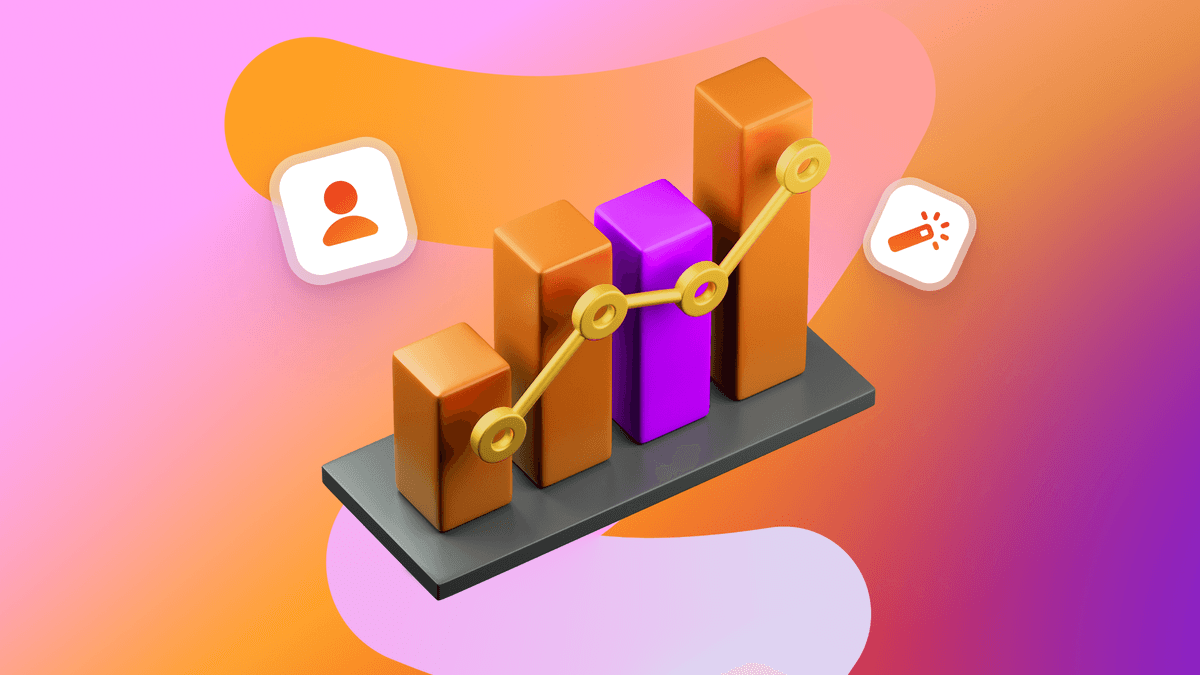
What are contextual bandits? The AI behind smarter, real-time personalization
